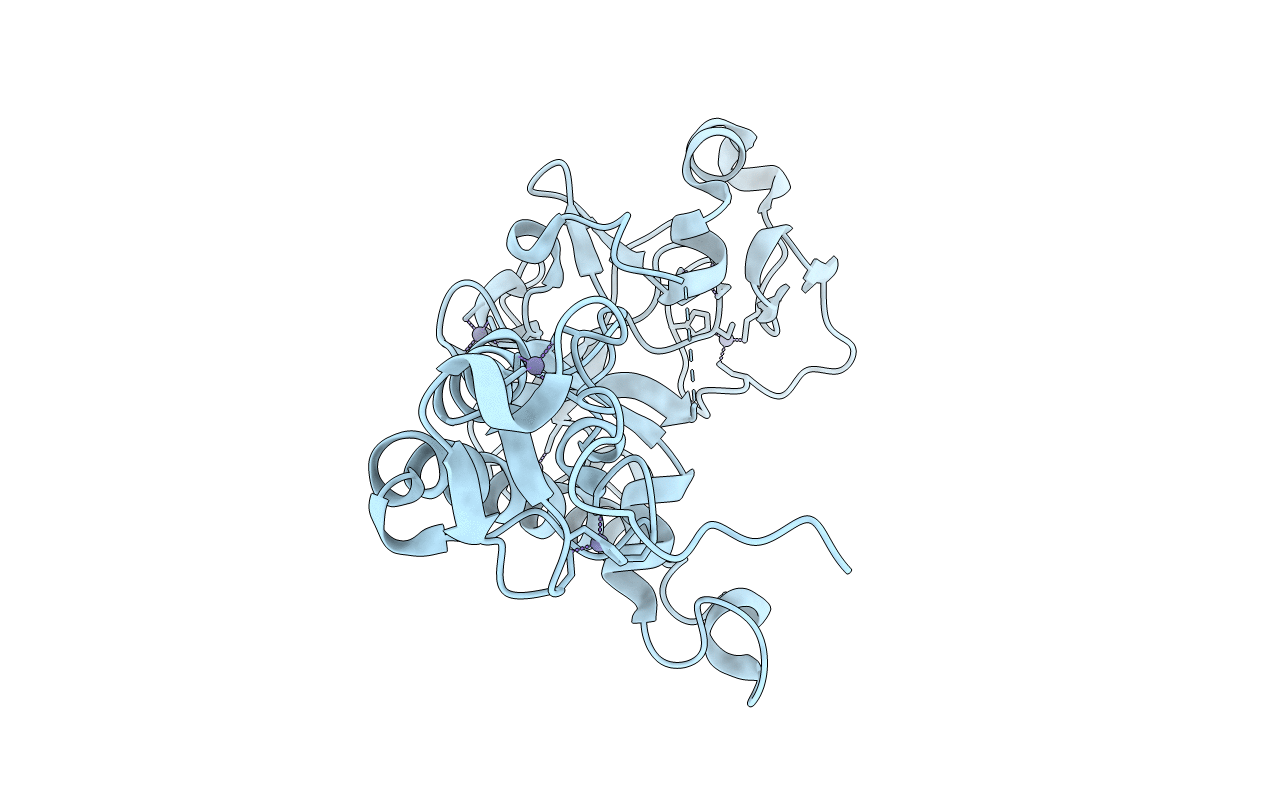
Deposition Date
2017-06-06
Release Date
2018-04-18
Last Version Date
2024-05-08
Method Details:
Experimental Method:
Resolution:
1.75 Å
R-Value Free:
0.19
R-Value Work:
0.17
R-Value Observed:
0.17
Space Group:
P 61


